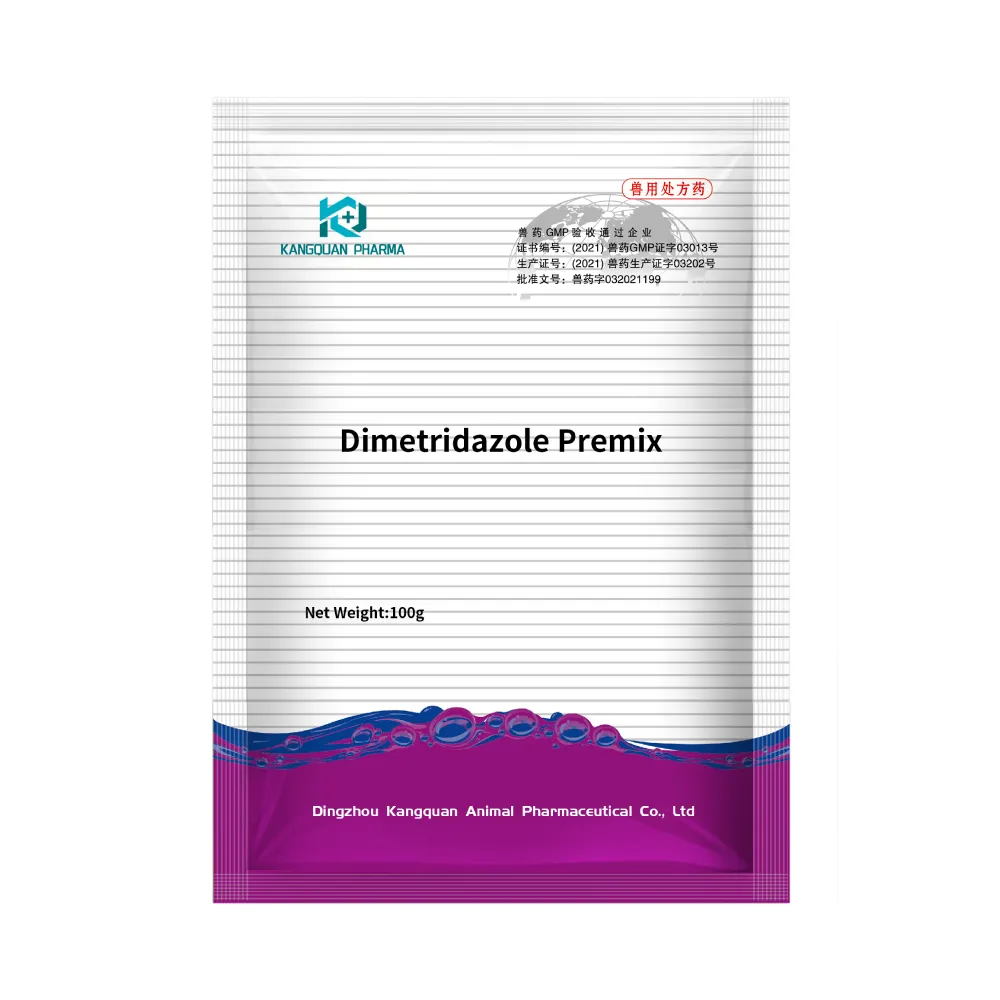- Afrikaans
- Albanian
- Amharic
- Arabic
- Armenian
- Azerbaijani
- Basque
- Belarusian
- Bengali
- Bosnian
- Bulgarian
- Catalan
- Cebuano
- Corsican
- Croatian
- Czech
- Danish
- Dutch
- English
- Esperanto
- Estonian
- Finnish
- French
- Frisian
- Galician
- Georgian
- German
- Greek
- Gujarati
- Haitian Creole
- hausa
- hawaiian
- Hebrew
- Hindi
- Miao
- Hungarian
- Icelandic
- igbo
- Indonesian
- irish
- Italian
- Japanese
- Javanese
- Kannada
- kazakh
- Khmer
- Rwandese
- Korean
- Kurdish
- Kyrgyz
- Lao
- Latin
- Latvian
- Lithuanian
- Luxembourgish
- Macedonian
- Malgashi
- Malay
- Malayalam
- Maltese
- Maori
- Marathi
- Mongolian
- Myanmar
- Nepali
- Norwegian
- Norwegian
- Occitan
- Pashto
- Persian
- Polish
- Portuguese
- Punjabi
- Romanian
- Russian
- Samoan
- Scottish Gaelic
- Serbian
- Sesotho
- Shona
- Sindhi
- Sinhala
- Slovak
- Slovenian
- Somali
- Spanish
- Sundanese
- Swahili
- Swedish
- Tagalog
- Tajik
- Tamil
- Tatar
- Telugu
- Thai
- Turkish
- Turkmen
- Ukrainian
- Urdu
- Uighur
- Uzbek
- Vietnamese
- Welsh
- Bantu
- Yiddish
- Yoruba
- Zulu
des . 04, 2024 02:06 Back to list
importance of salt in animal feed
The Importance of Salt in Animal Feed
Salt, scientifically known as sodium chloride, plays a pivotal role in the diet of livestock and other animals. While often overlooked as a mere seasoning, salt is essential for the health and productivity of animals. It provides crucial minerals that support various physiological functions and overall well-being, making it a vital component of animal feed.
Essential Functions of Salt
1. Electrolyte Balance One of the primary roles of salt in animal nutrition is to maintain electrolyte balance. Sodium and chloride, the two components of salt, are critical for regulating osmotic pressure and fluid balance in the body. This balance is vital for the proper functioning of cells, as it influences hydration, nutrient absorption, and waste elimination.
2. Nerve Function Sodium is crucial for nerve impulse transmission. It helps generate action potentials in nerves and muscles, allowing for proper communication between different body parts. Insufficient sodium levels can lead to neurological dysfunctions and muscle weakness, affecting the overall health and productivity of animals.
3. Digestion Salt plays an important role in the digestive process. Chloride ions, derived from salt, are a component of gastric acid (hydrochloric acid) in the stomach. This acid is necessary for breaking down food and absorbing nutrients effectively. Adequate salt intake promotes good digestion, leading to better nutrient utilization and animal growth.
importance of salt in animal feed

4. Appetite Stimulation Salt is also known to stimulate appetite in animals. Livestock, especially ruminants, have a natural tendency to seek out salt, as it enhances their desire to eat. A well-balanced diet with adequate salt can ensure that animals consume sufficient quantities of feed, thereby improving overall feed intake and growth rates.
5. Growth and Reproduction The importance of salt extends to growth and reproductive performance. Adequate salt intake is linked to increased weight gain in growing animals and improved reproductive success in breeding animals. Sodium deficiency can lead to poor reproductive outcomes, such as decreased fertility and lower litter sizes, impacting the profitability of livestock operations.
Sources of Salt in Animal Feed
Salt can be provided to animals in various forms, including free-choice mineral mixes, commercial feeds, or as an additive in mineral supplements. It is essential for farmers and animal producers to monitor the salt content of their feed formulations to ensure that animals receive an adequate supply without overconsumption, which can lead to health issues.
Conclusion
The importance of salt in animal feed cannot be overstated. Its roles in maintaining electrolyte balance, supporting nerve function, enhancing digestion, stimulating appetite, and promoting growth and reproduction make it a critical nutrient for livestock. As the industry continues to evolve, ensuring the right balance of nutrients in animal diets, including salt, will be paramount for the health and productivity of livestock. Understanding these benefits will allow farmers to optimize their feeding strategies, leading to healthier animals and more sustainable agricultural practices. Thus, both animal welfare and production efficiency hinge significantly on the essential mineral that is salt.
-
Guide to Oxytetracycline Injection
NewsMar.27,2025
-
Guide to Colistin Sulphate
NewsMar.27,2025
-
Gentamicin Sulfate: Uses, Price, And Key Information
NewsMar.27,2025
-
Enrofloxacin Injection: Uses, Price, And Supplier Information
NewsMar.27,2025
-
Dexamethasone Sodium Phosphate Injection: Uses, Price, And Key Information
NewsMar.27,2025
-
Albendazole Tablet: Uses, Dosage, Cost, And Key Information
NewsMar.27,2025













